Myths about teaching can hold you back
- Year 1
Calculate the total value of the coins in a set of 5 p coins
I can skip count in fives to find the value of a set of 5 p coins.
- Year 1
Calculate the total value of the coins in a set of 5 p coins
I can skip count in fives to find the value of a set of 5 p coins.
These resources were made for remote use during the pandemic, not classroom teaching.
Switch to our new teaching resources now - designed by teachers and leading subject experts, and tested in classrooms.
Lesson details
Key learning points
- A five-spot token can be used to represent one 5 p coin and has the same value as five pennies.
- The total value of set of 5 p coins can be found by skip counting in fives.
- We can check we have counted accurately by counting backwards.
- Skip counting in fives can only be used to count the complete set, if all the coins are 5 p coins.
Keywords
Five-pence coins - A five-pence coin is a unit of money used in the UK. It has the same value as five one-pence coins.
Value - Where referring to money, value refers to how much something is worth.
5 p - The value represented by five one-pence coins or one five-pence coin.
Fives - Another name for the multiples of five.
Common misconception
Children may not fully understand the concept of unitising and may confuse the number of coins with the total value. They may also count sets of coins containing 5 p coins and other coins in fives.
Use pre-money tokens with five spots alongside 5 p coins to start with to deepen the understanding of one coin representing a value of . Discuss deliberate errors, articulating thinking around why these cannot be correct.
To help you plan your year 1 maths lesson on: Calculate the total value of the coins in a set of 5 p coins, download all teaching resources for free and adapt to suit your pupils' needs...
To help you plan your year 1 maths lesson on: Calculate the total value of the coins in a set of 5 p coins, download all teaching resources for free and adapt to suit your pupils' needs.
The starter quiz will activate and check your pupils' prior knowledge, with versions available both with and without answers in PDF format.
We use learning cycles to break down learning into key concepts or ideas linked to the learning outcome. Each learning cycle features explanations with checks for understanding and practice tasks with feedback. All of this is found in our slide decks, ready for you to download and edit. The practice tasks are also available as printable worksheets and some lessons have additional materials with extra material you might need for teaching the lesson.
The assessment exit quiz will test your pupils' understanding of the key learning points.
Our video is a tool for planning, showing how other teachers might teach the lesson, offering helpful tips, modelled explanations and inspiration for your own delivery in the classroom. Plus, you can set it as homework or revision for pupils and keep their learning on track by sharing an online pupil version of this lesson.
Explore more key stage 1 maths lessons from the Unitising and coin recognition - value of a set of coins unit, dive into the full primary maths curriculum, or learn more about lesson planning.

Licence
Prior knowledge starter quiz
6 Questions
Q1.Which set of coins shows 5 p?

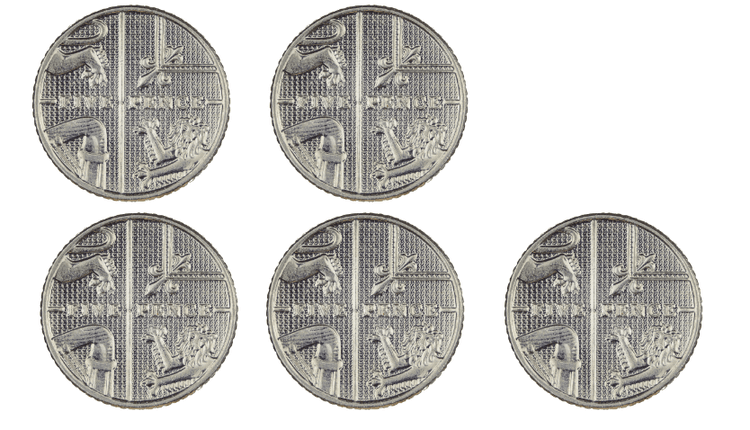
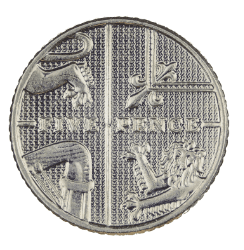
Q2.We can say
There are 6 coins.
Each coin has a value of 10 p.
This is ___ p.
Q3.Sofia has 50 p in her purse. All her coins are 10 p coins. Which coins are Sofia’s?
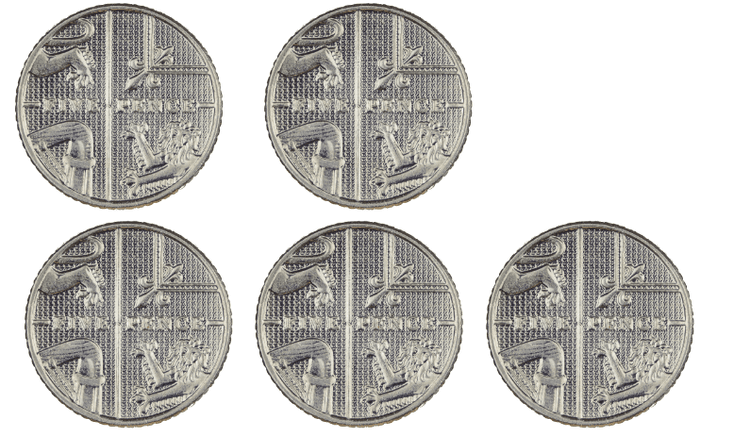
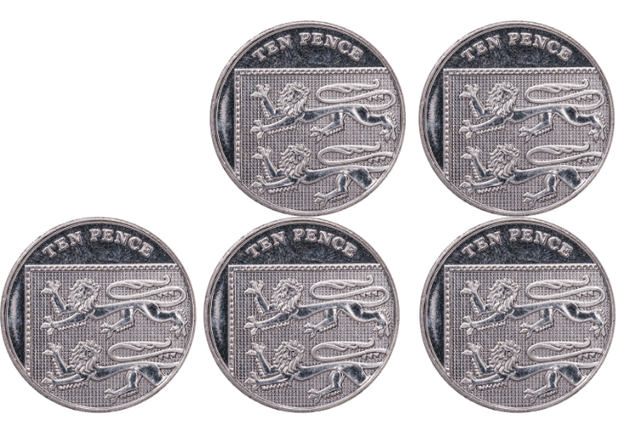
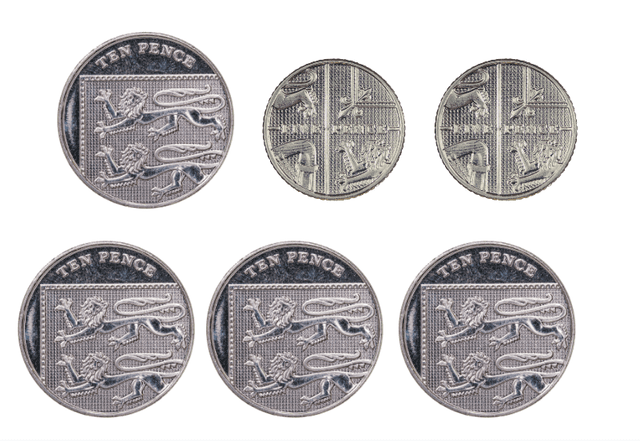
Q4.Aisha has some 10 p coins in her purse. The total value is 30 p. How many coins are in her pruse?
Q5.A set of 10 p coins have a value of 70 p. The children count backwards to check this is correct. Tick the correct count to check.
Q6.Match each set of coins correctly to their total value.
12 p
60 p
6 p
Assessment exit quiz
6 Questions
Q1.How many five-spot tokens would be needed to represent the coins shown?

Q2.If you collect the five-spot tokens to represent these 5 p coins, how many spots will there be?



